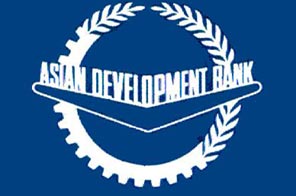Glacier melting a looming threat
KATHMANDU: More than 1.6 billion people in South Asia could face acute water and food shortages from the melting of the Himalayan glaciers as a result of climate change, warns Asian Development Bank (ADB), in a report released here today.
The report warns of impending water and food crises in Afghanistan, Bangladesh, India and Nepal, which are more vulnerable to the melting of glaciers.
The initial report states that the retreat of the glacier from the Himalayas would trigger floods, droughts, and erratic rainfall that could lead to crop failures.
Analysis of the current trend suggested that by 2050, the climate change-induced heat and water-stress would phenomenally lower the yields of irrigated crops - maize (17%), wheat (12%) and rice (10%). The resulting food scarcities will shoot-up food prices and reduce the calorific intake across the region.
Almost half of the world's absolute poor live in South Asia, where they tend to depend on rain-fed agriculture and live in settlements that are highly exposed to climate variability, ADB stated in a press release.
The study outlined a number of measures to tackle the problems in which it suggested that agricultural adaptation techniques, investments in irrigation expansion and water resource management, farm-to-market roads, and agriculture research and dissemination were keys to reducing the region's vulnerability to climate change.






